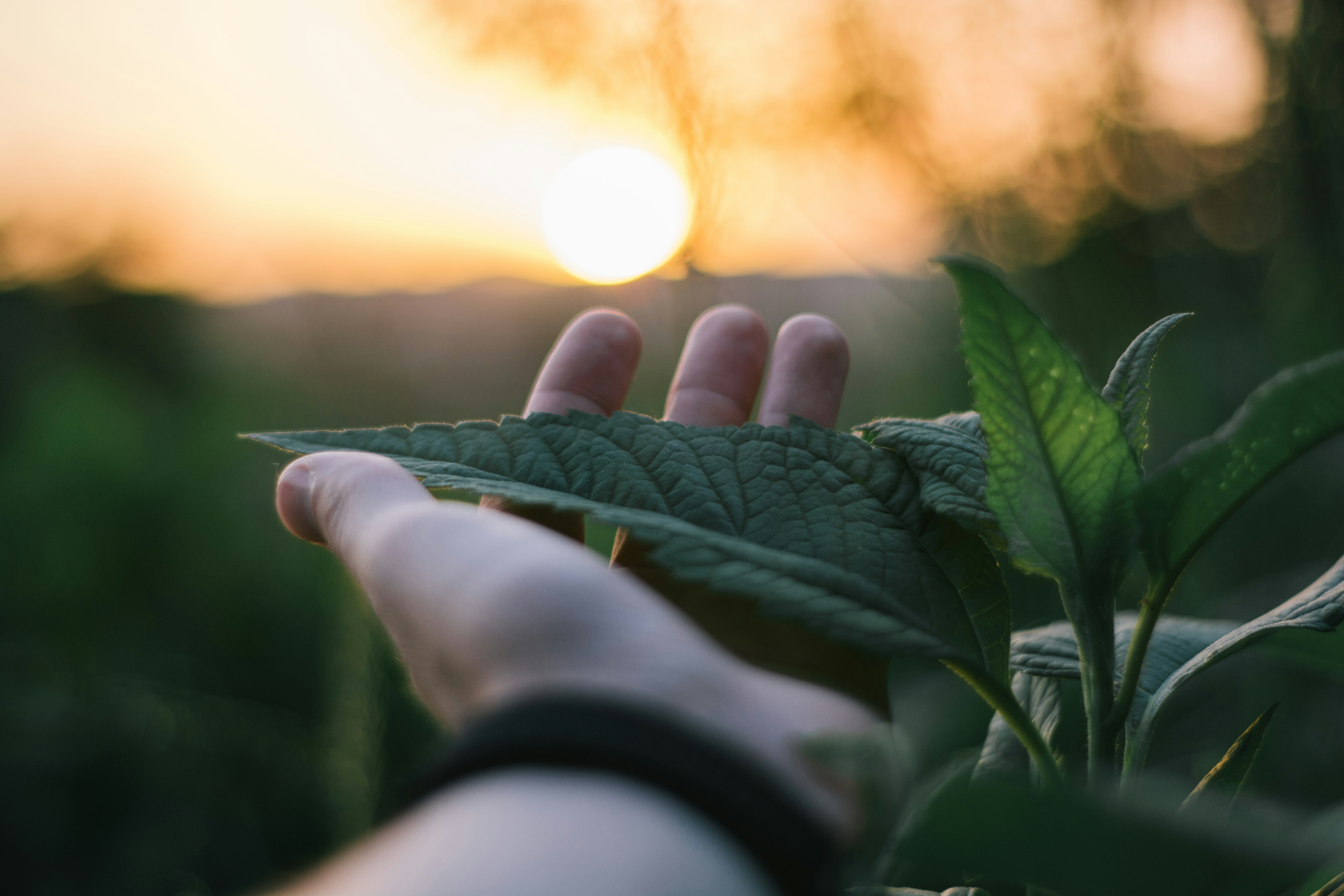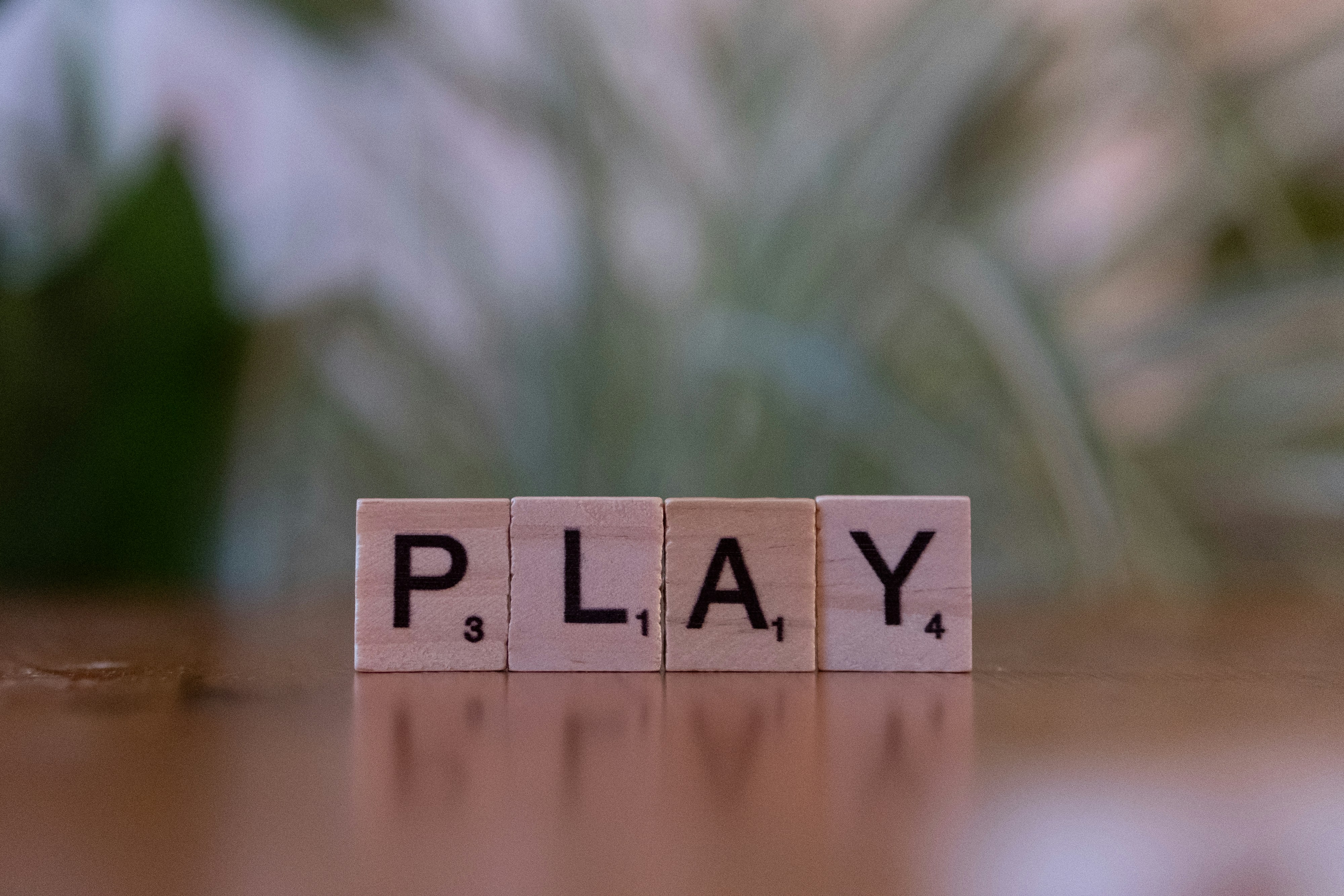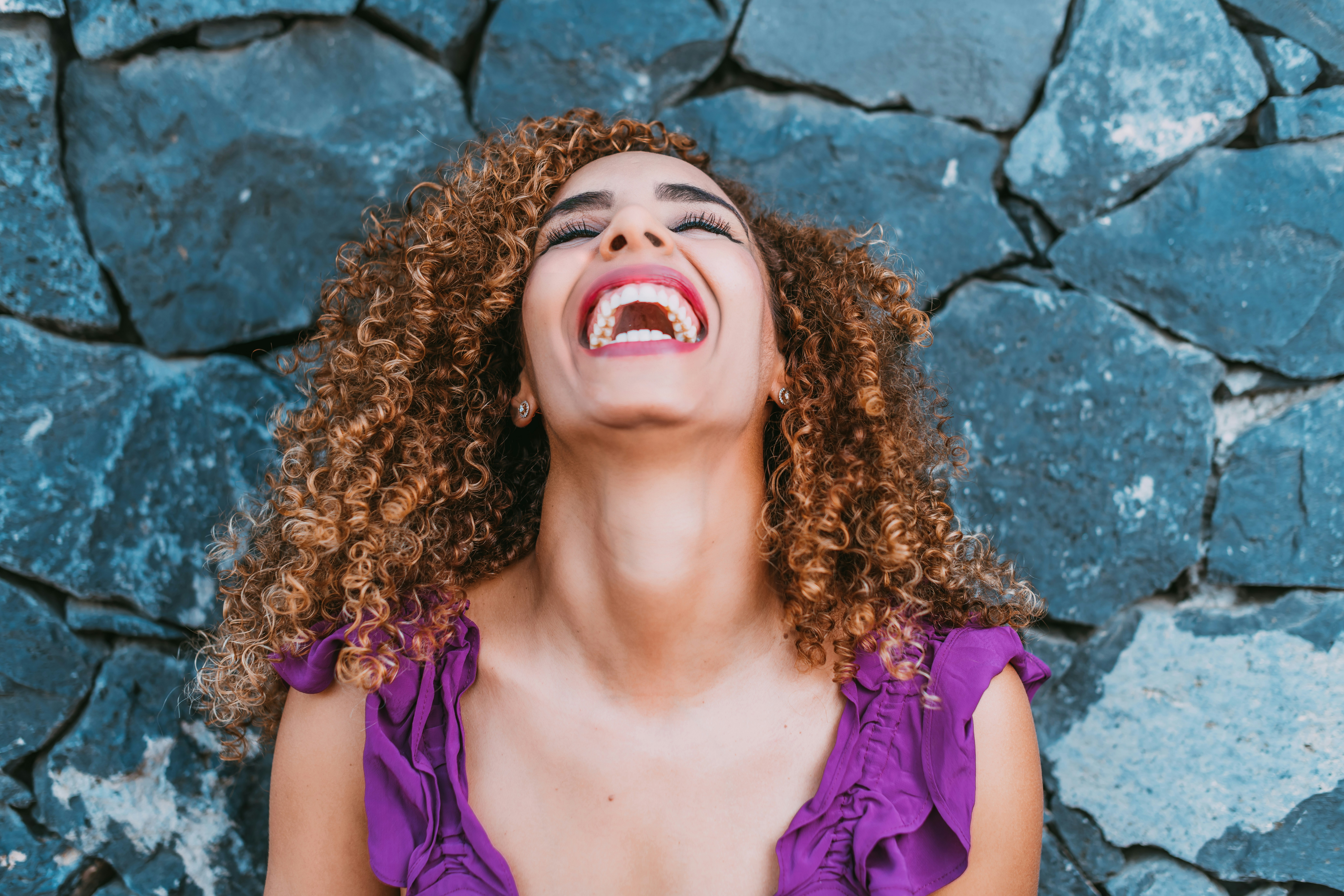Kinetic Wellness: Discover Dance Forms That Heal Trauma and Boost Mental Health
What if I told you that dancing could do more than make you feel good? Around the world, various dance forms are not just cultural expressions; they also serve as therapeutic vessels that can help heal psychological trauma. With every step, rhythm, and shared moment, movement becomes a powerful medium for emotional release and mental wellness. In this article, we’ll explore the connection between different global dance forms and their therapeutic effects on mental health. From African tribal dances to Flamenco and even modern Interpretative Dance, there’s much to learn about how cultural rhythms can enhance your well-being.
The Healing Power of Dance
Dance has long been recognized as a form of expression—an outlet that enables individuals to convey feelings that words alone cannot articulate. Research indicates that engaging in dance offers an array of psychological and emotional benefits, such as reducing anxiety and depression and fostering a sense of community. According to a study published in the American Journal of Dance Therapy, rhythmic movement positively influences emotional states by activating many brain regions associated with emotions, thereby presenting an opportunity for catharsis and healing.
For those navigating the complexities of trauma, dance can serve as a safe space for exploration. The act of dancing can help release pent-up emotions and trauma, making way for healing. The connection to community, cultural identity, and rhythm are critical aspects of this process, providing multiple layers of connection and emotional release.
Dance Forms and Their Therapeutic Aspects
African Dance
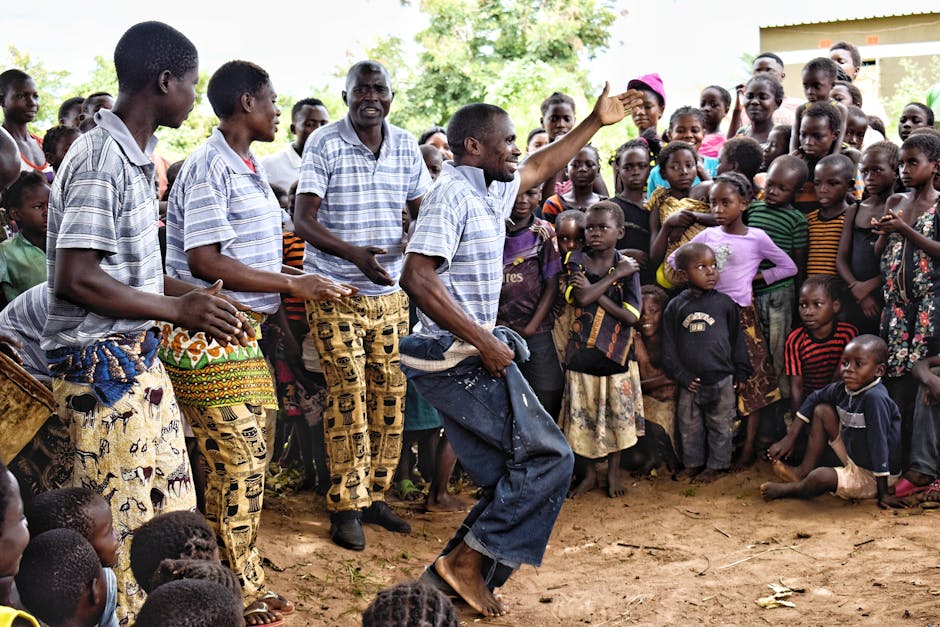
African dance is deeply rooted in community and cultural storytelling. It is characterized by its expressive movement and rhythm, often performed during celebrations and rituals. Participating in African dance can offer immense psychological benefits, like fostering a sense of belonging and building community networks. Research from the Journal of African Cultural Studies indicates that these dance forms can serve as vital healing mechanisms, offering emotional release and even aiding in collective trauma healing.
Practical Exercise: Try incorporating some simple African dance movements into your daily routine. Spend a few minutes dancing to African rhythms on a playlist or video from YouTube. Focus on letting your emotions guide your movements, using your body to express what you feel.
Flamenco

Originating from the Romani people of Andalusia, Flamenco combines intricate footwork, expressive arm movements, and passionate music. This intense dance form channels raw emotions, and studies show that engaging in Flamenco can alleviate symptoms of anxiety and depression. The performance aspect also enables dancers to express their stories, allowing for an emotional journey that can serve as release therapy.
Practical Exercise: Watch a Flamenco performance online and try imitating some of the movements at home. Feel the emotionality behind each step and tap into your inner feelings as you do so. The process can help you express emotions that might be difficult to articulate.
Traditional Indian Dance Forms

Bharatanatyam and Kathak are two classical Indian dance forms known for their intricate footwork, expressive storytelling, and emotional depth. These dances celebrate spirituality, love, and devotion, often relaying stories through facial expressions and detailed movements. Practicing these dance forms can help ground individuals, offering a meditative quality that calms the mind and fosters self-awareness.
Practical Exercise: Research online tutorials for Bharatanatyam or Kathak and try practicing some of the foundational movements. As you dance, concentrate on the breathing techniques integrated into these art forms for a more holistic experience.
Salsa and Latin Dance
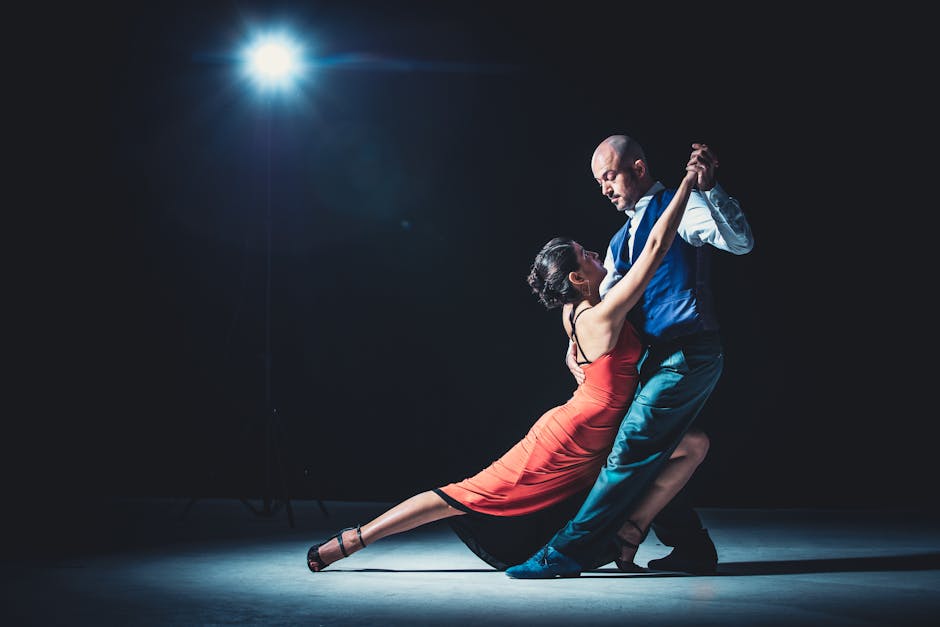
Salsa and other Latin dance forms emphasize social interaction, improvisation, and rhythm. The fast-paced nature of these dances encourages spontaneity and creativity, which can significantly reduce stress levels. A study published in the Research in Dance Education journal indicates that engaging in social dance connects individuals, offering emotional support and reducing feelings of isolation.
Practical Exercise: Organize a small salsa night at your home or enroll in a community dance class. Partnering with others can enhance the social aspects of dancing, which usually helps further lead to emotional healing.
Interpretative Dance

Interpretative dance is a more modern form of dance that emphasizes personal expression over structured movements. This form is particularly beneficial for those dealing with trauma, as it encourages dancers to explore and express their feelings without constraints. It’s often used in therapeutic settings, where movements can become metaphors for emotions, leading to insights and healing.
Practical Exercise: Spend some time reflecting on your feelings, then put on some music and let your body move as it wishes without any set choreography. The freedom offered by interpretative dance can provide a beautiful outlet for emotional release.
The Importance of Community

The healing properties of dance are often magnified through the lens of community. Traditional dance forms are performed in group settings, where the rhythm binds individuals together in a shared experience. Engaging in collective movement fosters social connections, reduces feelings of loneliness, and creates spaces where people feel seen and understood.
Building Connections Through Dance

Whether through cultural festivals, dance studios, or community gatherings, movement has a way of uniting people. According to an article in the Global Journal of Community Psychology Practice, collective activities like dance can foster resilience within communities by providing emotional support. So, when considering dance forms for mental wellness, don't overlook the power of connection—it could be the key to unlocking your healing journey.
Create a Dance Tribe

Consider forming a dance group with friends or community members who share an interest in exploring these global dance forms. You could even explore the dialogue between these different styles, examining how each offers pathways to emotional healing.
Integrating Dance into Your Wellness Routine

Incorporating dance into your daily life doesn’t have to be overwhelming. Here are some manageable steps to get started:
- Set Small Goals: Start with shorter sessions of dancing a few times a week. Gradually increase the frequency and duration as you become more comfortable.
- Find Your Rhythm: Choose music that speaks to you. You can look into various styles—perhaps jazz, Afrobeat, or even pop music—to find what resonates with you the most.
- Create a Sacred Space: Dedicate a corner of your home for movement. Ensure it’s free from distractions, inviting, and filled with positive energy to encourage creativity.
- Document Your Journey: Keep a journal to write about your experiences. Reflect on how dancing makes you feel on different days—this can help you notice patterns that contribute to your overall well-being.
- Engage with Online Resources: Utilize platforms like YouTube to find tutorials or even participate in live dance classes. The dance community online can be quite supportive and enriching.
The Broader Landscape of Healing Modalities

In your quest for mental wellness, remember that dance is just one avenue of many. You might also be interested in integrating other cultural practices into your regimen, like sound therapy or nature-based mindfulness.
For instance, sound therapy has gained traction for its ability to lift mood and alleviate stress, whereas practices like nature-based mindfulness can further enhance your connection to the environment and your inner self.
Final Thoughts
As you explore the diverse world of dance forms and their connection to mental wellness, remember that every step taken is a step toward healing. By embracing these practices, you open yourself up to powerful healing mechanisms that can transform your mental health. Dance isn’t just an art form; it’s an expression of life, emotion, and community. So go ahead, let the rhythm move you, and discover the healing powers of kinetic wellness. After all, you truly can dance through your feelings.
Meta Description: Discover how dance forms from around the world can heal trauma and enhance mental wellness, emphasizing community, rhythm, and self-expression.


